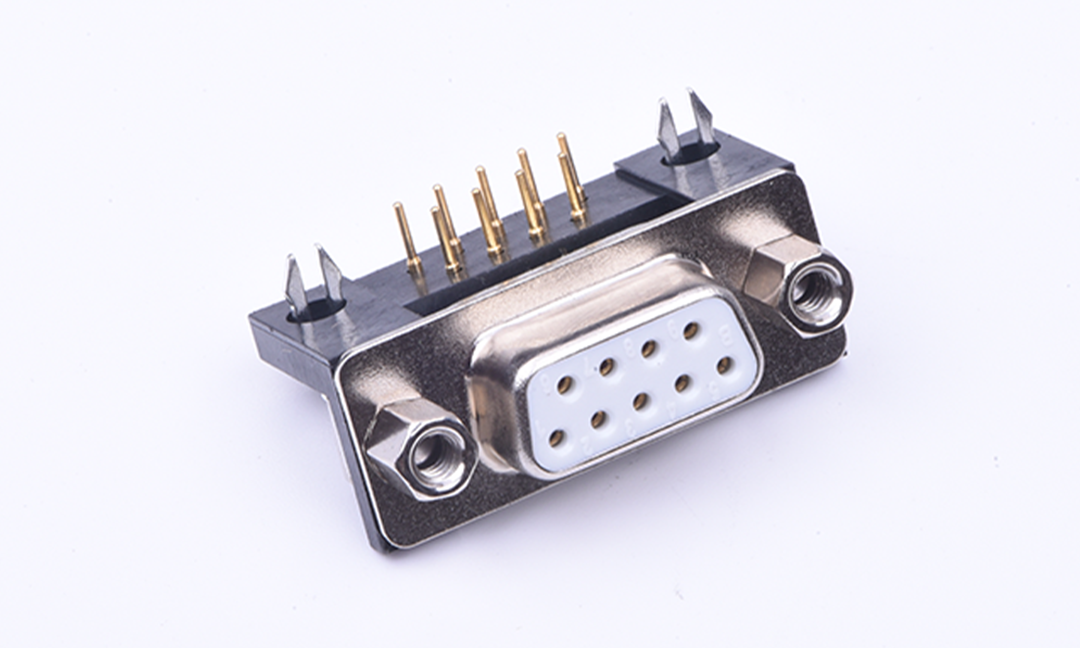In recent years, with the widespread attention to the Restriction of Hazardous Substances (RoHS) directive on electronic and electrical products, the automotive electronics and automotive manufacturing industry, which accounts for an important proportion of consumer goods, has also given birth to an international testing standard to protect consumers and focus on environmental protection. This is commonly known as the EU ELV directive (2000/53/EC), in which the ELV stands for End of Life Vehicle, which means the End of Life Vehicle directive.
The main objectives of the ELV directive include:
1、 Standardize the control and management of four harmful substances in the automotive manufacturing industry (lead (limit 0.10%), cadmium (limit 0.01%), mercury (limit 0.10%), and hexavalent chromium (limit 0.10%), in order to reduce pollutant emissions during the scrapping of automobiles.
2、 The requirement to periodically increase the recycling rate of abandoned vehicles to encourage the automotive industry to reuse and recycle materials and parts.
As the basic component for current/signal transmission between automotive electronic devices, automotive connectors not only need to undergo incoming and outgoing control to comply with the ELV directive, but also require the entire supply chain to conduct relevant testing from the source of supply, so that consumers can avoid harmful substances as much as possible when using them. At the same time, improving the recycling rate of components during recycling and promoting environmental protection.
As a leading global supplier of critical connectors, TXGA has been providing reliable, professional, and stable connector products to the industry for over a decade. The product has passed relevant certifications such as REACH, RoHS, ELV, etc., and can meet various environmental performance requirements of users. Connector required, enter TXGA [Product Center].
